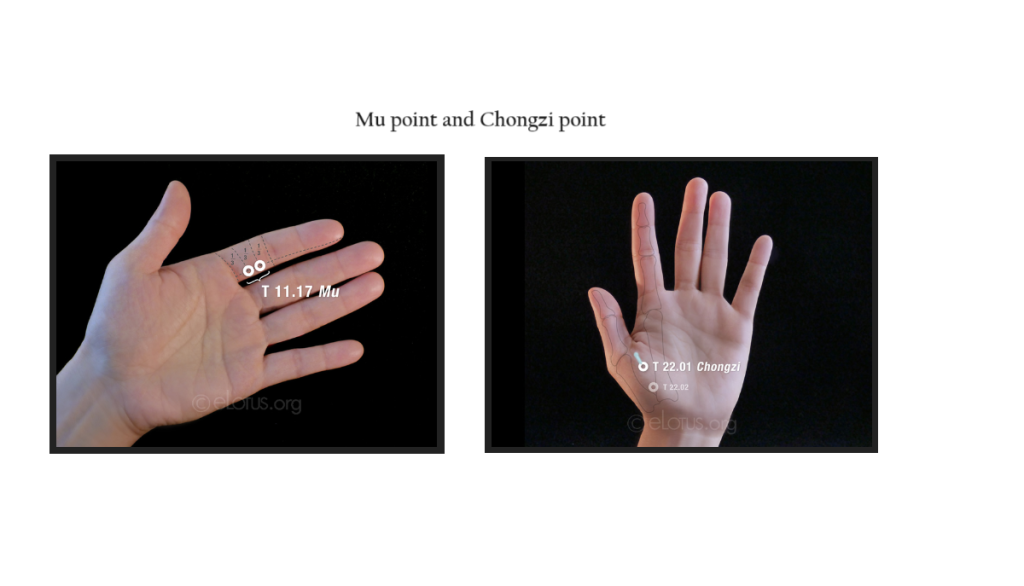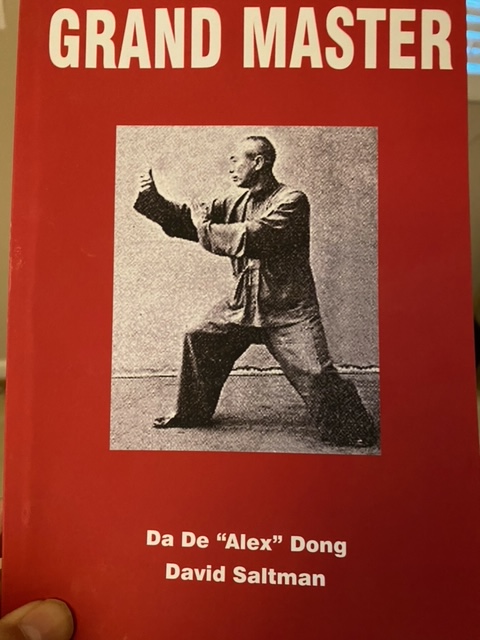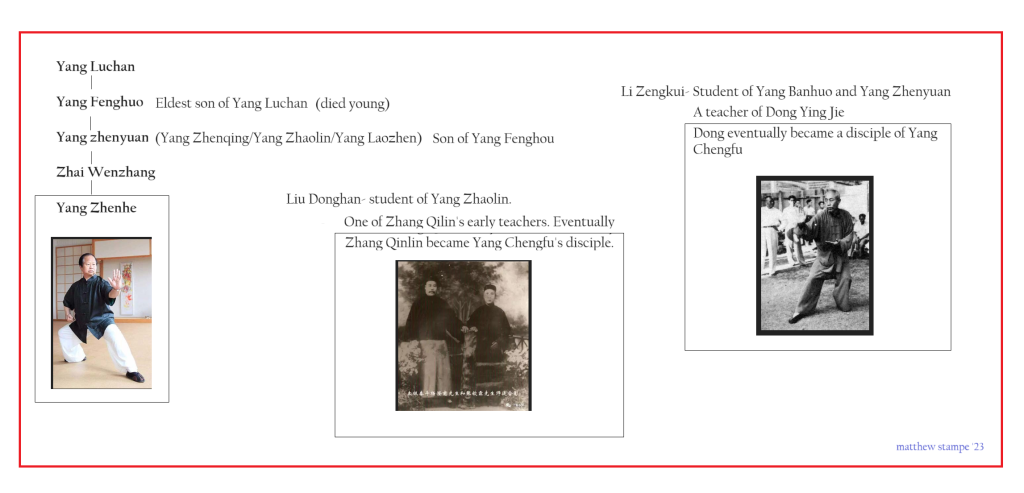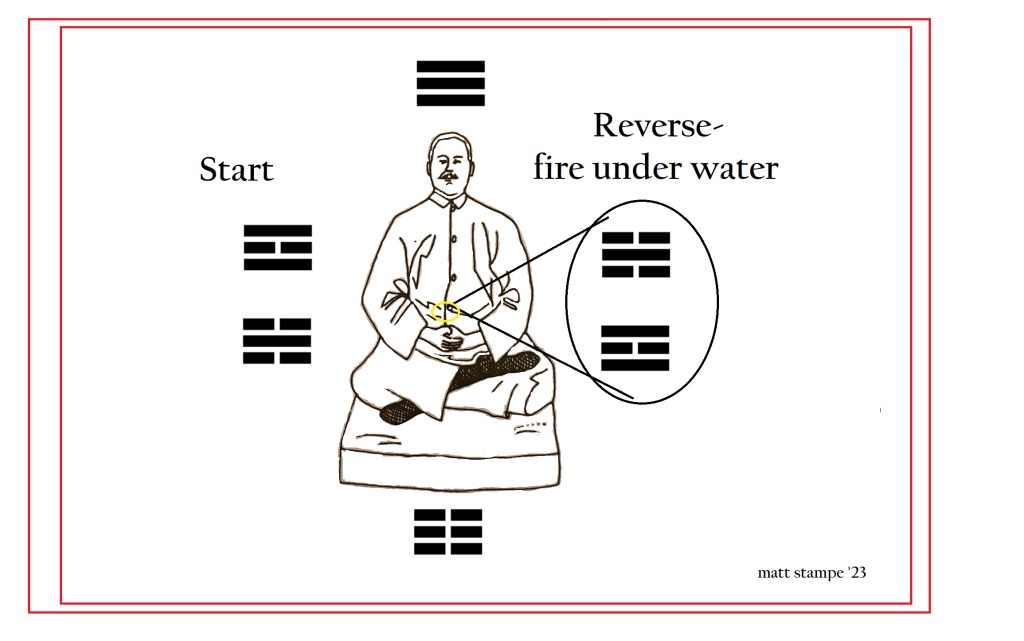White Dew: the theme will be about ‘strengthening your body heat (yang) to help expel cold out of the lungs’. It will be a good season to watch the ‘in and out breath’ and find your flow of energy.
The recent afternoon heat may hopefully subside soon. The heat and humidity has been hard on everyone. The recent thunderstorms and rain has been a change. We have entered “White Dew’ phase of the year on September 7th. We are past the halfway mark in Virgo. Autumn Equinox will be soon and welcoming the Libra sign. Watch for the full moon September 29th. The mid-autumn full moon is used in qigong. Feel the white rays of the moon on your head, face, and whole body. Feel the moon’s cool yin.
Fall is a Metal phase in Chinese medicine. The lungs are affected by the dryness of the season. When the weather gets cool and fluctuates, be sure to have clothes that can cover the arms and legs. Guard against bodily temperature changes to prevent upper respiratory problems. If you are prone to allergies, use a neti pot, massage and pinch the nose, and try yogic alternate nostril breathing pranayama. Inhale a little bit of eucalyptus oil. Prevent the nasal passages from getting too dry. A tiny dab of coconut oil can be applied around the nostrils.
Food: It is also harvesting time, so be sure to eat plenty of the local and seasonal fruits and vegetables. Avoid cold energy foods like ice drinks, tropical fruits, raw vegetables. Try to steam or stir-fry your vegetables. Be sure to add a cup of water if you stir-fry. Food that can help moisten and prevent dryness are sour foods, apples, pears, zucchini, nagaimo (Shao Yao), lily bulb, Asian pear, and rice congee. A little bit of cool foods can be used this time of year. Sweet potatoes and traditionally used in the White dew season as a long life food and prevent diseases. Grapes are used to help clear internal heat and remove toxins. Longan fruit is used to help the nervous system, spleen health, blood nourishment, and help the skin. Use fruits to assist in the detox process. For those with mucus issues, it is recommended to drink Oolong tea and have soups that have a clear broth. Lung phlegm issues are helped with fishes like Salmon, tuna, Lake trout, and Sardines. Lastly Monk fruit tea aka “Luo Han Guo” is very helpful for Obesity and diabetics. This alternative sugar can be found in most grocery stores and the tea at Asian markets.
Acupoints: Mu and Chongzhi. These two points help the lung. They can be massaged to assist in common cold, seasonal allergies, and sinus congestion.

Qigong the month. I’ve gotten some good feedback on this qigong from patients. If you missed it last month, I am putting it here again. My suggestion is to stand and watch one video each day for 10 days. Each video in the playlist is about 10 minutes long. The scenery is beautiful, there is discussion on the method, testimonials from students, and how to use them in life while sitting at a desk, standing at a bus stop, or doing chores around the house. It teaches about holding the body structure with awareness.
Stand for health! Be Still and Fit with Lam Kam Kuen, a doctor of Chinese medicine. https://www.youtube.com/watch?v=y07FauHYlmg&list=PL5AC656794EE191C1
There are some warm-ups and cool-downs. Very gentle and safe exercise.
Exercise of White Dew: C-7 neck turning left and right. Look forwards, inhale and turn head to the left as comfortably as possible. Exhale and turn face back to front. Inhale, now turn head to the right, make sure not to strain. Exhale, turn face back to front. Repeat this slowly and exactly a few times each day.
Clinic message:
We understand things come up and people can get sick before an appointment. Let us know as early as possible if you are going to cancel. Last-minute cancellations and no shows, make hard to schedule those on the waiting list. We may have to use no show $30 fee with frequent occurrences. Please observe the 24 hour cancellation policy for those on the waiting list.
Book Review

Book review: “Grand Master” by Alex Dong and David Saltman. I was really interested in reading this book to see if you could find some insights into Dong Ying Jie’s training with Yang Chengfu. Instead I got some stories about Dong Ying Jie’s challenges with bandits, other martial artists, and western boxers which is fine and dandy. I was able to get a better understanding of Dong’s early training. His first teacher was Liu Laoying and he learned some shaolin style training like Da Hong Quan, Xiaohong Quan, and San Huang Pao chui. He later learned Some Tai Chi (13 postures) from a student of Yang Laozhen (? not clear on who this is/ book also mentions a Yang Zhaolin) student of Yang was Li Zhongkui where he learned the 13 postures. Dong later trained with Li Baoyi another Shaolin teacher and Hao style tai Chi teacher including some iron palm, Seven star, and wind palm style. From that teacher he was instructed to go to Beijing and learn from Yang Chengfu. The dates there are around 1926 to 1928. There seems to be a typo cause it said that Dong also trained with both Yang Banhou (1837-1890) and Yang Shaohao (1862-1930) however I think they meant another teacher. Yang shaohao seems plausible. I thought possibly Yang Jianhuo (1839-1917) but the dates did not make sense to be him. Book talked about Chen Fake was also a push hands partner for Dong. So there was not much in terms of stories with Yang Chengfu and training secrets like I hoped for, but it did have stories and challenges that Dong did have in his lifetime. I would caution buying it on amazon cause it was $50 there, on the back of the book it shows as $19.99. so be sure to shop around for a better price.
Talks on Zhang Qinlin:
Accounts of Zhang Qinlin by Ye Dami and Dr. Huang Jinghua from the books: “Biography of Zhang Yaoxi” by Ye Dami, and selections from “Yang “One Family” across the straights” by Prof. Qu Shijing student of Dr. Huang Jinghua.
special thanks to Danny Emerick for helping me wrap my head around the Yang family and people I read concerning 4th generation Yang disciples Dong Ying Jie and Zhang Qinlin.

Breath Retention in Yang Tai Chi? Hmmmm.
So far in my research on breathing techniques. The best is just normal natural breathing. Then there is reverse breathing which takes effort. Then in the video is inhale, inhale a little more, hold, and exhale. This can be done with both normal or reverse breathing. I think the book ‘Tao of Tai Chi Chuan’ by Jou, Tsung hwa, he lists about 8 various breathing techniques. These include natural, Cleansing, Tonic, Alternate nostril breathing, natural deep breathing, Long breath, Post-birth abdominal breathing, Pre-birth reverse breathing, and Tortoise breathing. He is including ‘Heng-Ha’ breathing discussion as well. Which is best in my view? natural normal breathing. However, the others are just tools in your toolbox and serve a purpose. Breath retention can be gentle or strong. Some schools teach breath retention without strain up to 2 minutes. A internal martial art school I went to asked us to hold relaxed for 1 minute was enough.
“In reality the essence of Tai chi is not found in external postures, but rather in the internal principles, energy, Qi. Yang is the trigram of heaven, and yin is the trigram of earth. Inhaling and retreating represents the principle of reversing yin and yang. if we allow fire to rise and water to sink they separate. If we put the fire under the water their positions have reversed. This is the principle of water and fire complementing each other or principle of reversal”. – Yang Chengfu from “Self defense applications of Tai Chi Chuan.
Background: using a Chinese web browser and search for Yang Tai chi on Chinese websites. Putting the Chinese in Google for translation. Unfortunately, some of these site disappear or block after first search. One even crashed my WeChat account. The validity of the method cannot be verified, THOUGH I HAVE LEARNED NEARLY THE EXACT SAME TECHNIQUE FROM MY YONGNIAN HANGZHOU TEACHER XIANHAO CHENG.
Part 1: Yang Tai chi Chuan method of breathing and dan tien.
Slow method:
1. Stand natural hands at lower abdominals and work on reverse breathing. Inhale slow and retract the abdomen. Inhale again, loosen the crotch, lift the anus and expand the chest.
2. Hold and pause. 3. Exhale: lower abdomen expands outward, ming men opens, air enters the dan tien and push it downward.
This must be done about 50 times. Inhale, Inhale again, Pause, and exhale: fill the dan tien with neiqi. Reserve the dan tien and nourish it.
Fast method: Inhale and exhale with the nose. 1. Inhale, and Inhale again, press abdominals with the palms. 2. Pause. 3. Exhale suddenly and quick- “ha” This needs to be done about 50x.

Sitting method guided instruction:
https://youtu.be/DGkmb3NUWwM?si=dkMwYjLZxyb4GzMu
Standing method video:
https://youtu.be/rVgVb1tx5RA?si=e8RdaSEJD162L_Ge
Topic Neigong and the Nei Dan (elixir cultivation).
Tai Chi folks seem to be hungry for neigong and the inner peace and joy that comes with internal and meditative practices. Some notes from Nathan Brine’s “Taoist Alchemy of Wang Liping Vol. 1 and Vol. 2” a very worthy read and online program. Highly recommended. His teaching is clear, he cuts to the chase, does not modify methods, and tries to keep it as authentic to Longmen Pai “Dragon Gate sect” tradition as possible. I will add a video review on vol. 1.
Recent talk about does Yang Tai Chi have a second fast form? My answer:
The Yang 85 “ancestral form’ inside the house form, is about 17 minutes long at medium speed, big frame, and no added shifts. Most other forms are based off the 115 form which included slap kicks, jump kicks, various jumps and spins, seen in Imperial Yang Tai Chi and Guang Ping Tai chi forms, etc. Yang Chengfu removed many of these difficulty moves in his gift to the public known as the 108 form which adding stance transfer shifts back to forward. All derivatives of high or low stances, speed of fast (3 minutes) or extra slow (25 minutes), and body frames: of small and medium, all those forms (promoted by various disciples of Yang family) come from the 115 form. 24 form, 40 form, 37 form, 88 form, 103 form anything modern and standardized, its parent form was the 108 form.
